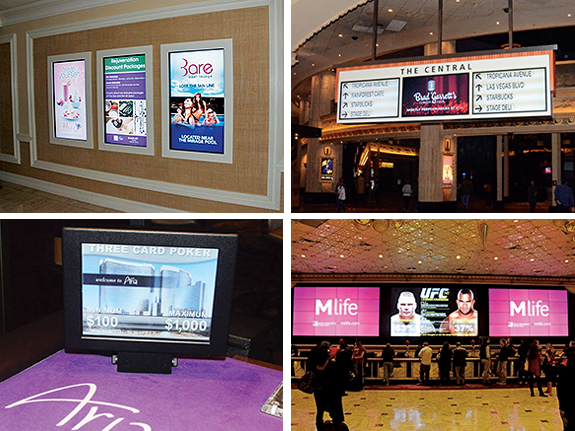By Randy Dearborn
Typically, when someone thinks about reducing costs within a business or operation, the first options that come to mind are reducing capital costs or cutting back on labour. While these actions may initially bear some savings, they can also lead to unforeseen negative issues, along with deferring unexpected costs down the road. It is important to thoroughly take into account the effects of cost-cutting, especially when considering enacting draconian measures.
Rather than specify an arbitrary percentage of a budget to cut and then ‘back into’ that number by finding the easiest, quickest components of the business to eliminate—while spouting platitudes like “Everything seems to be working fine, so we can cancel all of our service agreements” or “Let’s cut our staff and hours of operation, since the remaining staff can simply work harder”—the best approach is to ask, “What is this business trying to achieve and how can it best use its existing tools to realize those goals?”
This approach can be applied to how businesses design, create, implement and maintain digital signage content, software and hardware for networks of any size. Indeed, a full understanding of the entire process behind digital signage provides an immense advantage when it becomes necessary to scale back costs, as it is then possible to weight out the pros and cons relating to various sub-disciplines. The following are examples of strategies for such portions of the digital signage process.
Content creation
While the technical aspects of creating digital signage content may be fairly straightforward today, the greatest hurdle for many networks is synchronizing all of the media players across a large-scale system. It is particularly challenging when there are last-minute requests for new spots or changes to existing ones.
The best way to minimize this challenge and its associated costs is through continuous communication and a strong organizational structure. It will help, for example, to funnel as many requests as possible through one central contact person, such as a marketing professional, who can focus on ‘herding the cats’ to ensure simplicity of deployment for content from many sources.
This designated point of contact will need to be proactive in meeting with the different departments within the organization, compiling a master calendar of events and clarifying specifically which venues require which content. Another way to streamline the ‘content shuffle’ is to track all events that occur annually or at least semi-regularly. And if the content’s call to action is phrased in a generic manner, it will help reduce the number of last-minute change requests.
A casino, for example, might create several spots at once for recurring entertainers with the tag lines “Tonight,” “This weekend” and “Next week” and have them all loaded onto media players, so they are ready to be called up at any time.
Social media
Another quick win for content is to tap into social media, such as Twitter and Instagram. Indeed, screen zones dedicated to these sources now reside on many networks.
A generic, property-specific background can be created for each and then updated with seasonal themes, such as Valentine’s Day or Halloween. Time-sensitive specials and offers can be posted through Twitter handles associated with the network or even the specific screen. This is a quick, easy and inexpensive way to push out marketing campaigns to a digital out-of-home (DOOH) advertising network, even at the last minute.






